Commercial Solar Electricity Systems
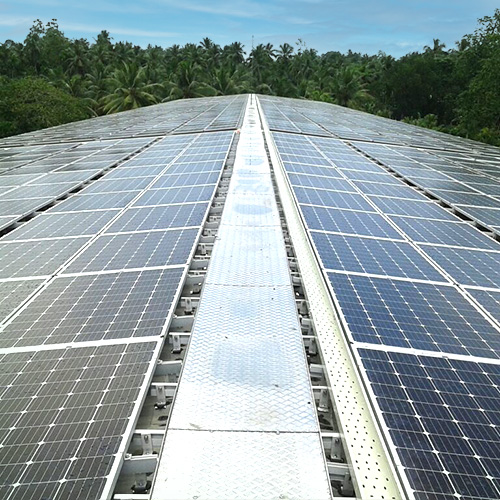
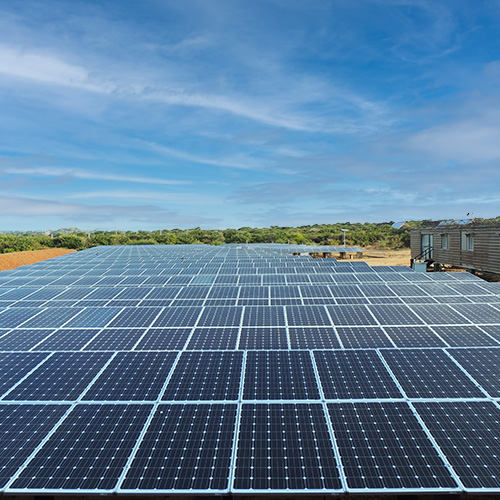
Rooftop Solar Electricity Solutions for Businesses
Commercial Solar Electricity Systems
As a leading solar power company in Sri Lanka, SolarTherm specializes in commercial solar electricity systems. While similar in function to residential systems, our commercial solar power solutions are designed on a larger scale to meet the complex energy needs of businesses and industrial properties. We provide a complete service from design to installation, ensuring a seamless process for your business.
Over 40 Years of Expertise & Market Leadership
With over four decades of experience and thousands of successful installations, SolarTherm is a recognized market leader. We are your trusted renewable energy partner, committed to providing the best quality solar modules and world-class service to help your business transition to clean, reliable energy.
MARKET LEADER with Thousands of installations across the country
As the leading Renewable Energy Company, we are striving towards the most innovative solutions provider in the region.
Unmatched AFTER SALES SERVICE by a well experienced professional work force
Our commitment to client satisfaction is unwavering. Through a combination of local manufacturing, engineering excellence, and strong alliances with reputed suppliers, we offer unparalleled after-sales service and support for all your commercial solar power systems.
Breakdown of the components
01.
Solar Panels
Commercial systems consist of arrays of solar panels, which convert sunlight into electricity. These panels are typically installed on the roof or ground, depending on available space and structural considerations.
02.
Inverters
Like residential systems, commercial solar systems require inverters to convert the direct current (DC) electricity generated by the solar panels into usable alternating current (AC) electricity that can power commercial facilities and equipment.
03.
Mounting Systems
Commercial solar panels may require custom mounting systems to accommodate larger arrays and ensure optimal positioning for maximum sunlight exposure.
04.
Electrical Wiring and Components
Similar to residential systems, commercial solar installations include wiring and electrical components to connect the solar panels to the inverters and integrate the system with the property’s electrical infrastructure.
05.
Monitoring and Control Systems
Many commercial solar systems include monitoring and control systems that allow property owners or operators to track energy production, monitor system performance, and optimize energy usage.
06.
Grid Connection
Most commercial solar systems are grid-connected, meaning they remain connected to the local utility grid. Excess electricity generated by the solar system can be exported to the grid, and electricity can be drawn from the grid when solar production is insufficient.
Commercial solar electricity systems offer several benefits, including:
Cost Savings
By generating their own electricity from solar power, commercial properties can reduce their energy expenses and protect against future electricity price increases.
Environmental Sustainability
Solar power is a clean, renewable energy source that produces no greenhouse gas emissions during operation, helping commercial properties reduce their carbon footprint and meet sustainability goals.
Energy Independence
Solar power provides commercial properties with greater energy independence and resilience by reducing reliance on the grid and fossil fuels.
Net Metering Schemes
NET ACCOUNTING
This Scheme has introduced an additional element to the Scheme 01 where an
export tariff for the net energy exported (if any) was introduced. If the generated units
of electricity using the solar panels fixed in the roof are greater than the units
consumed, the customer will be paid a fixed rate of Rs.37 per unit. There is also a
variable rate introduced by the government.
NET PLUS
Total generation of electricity from the solar PV power plant will be exported directly through
a dedicated meter for which the customer will be paid. The energy import will be measured
through a separate import meter and will be billed as per the existing electricity tariff. CEB
shall read the meter to read the solar power plant output and the other meter to read the
import energy. Total generation of electricity from the solar PV power plant will be exported
directly through a dedicated meter for which the customer will be paid Rs 37 per unit. The
energy import will be measured through a separate import meter and will be billed as per the
existing electricity tariff CEB. The installed capacity of the Generating Facility shall not
exceed the Contract Demand of the Producer. The contract period is 20 yrs.
NET PLUS PLUS
Currently, all other schemes connected to the grid are limited to the customer’s contract demand. This limitation results in the underutilization of available roof space for solar power generation beyond the contracted demand. To address this issue, the utility has introduced the Net Plus Plus scheme, which allows prosumers to install Rooftop Solar PV systems beyond their contract demand.
Under the Net Plus Plus scheme, the Rooftop Solar PV system is classified as a power plant, and prosumers are permitted to consume only the auxiliary power required for system operation. Existing consumers can leverage the Net Plus Plus scheme to generate and supply excess electricity to the grid using their additional roof space. An essential aspect of the Net Plus Plus scheme is the separation of its wiring from all other internal wiring systems.
The Net Plus Plus scheme facilitates the implementation of a roof rental or aggregator model, which aims to maximize rooftop solar generation. Under this model, investors or tariff customers can enter into agreements with the utility. The interconnection agreement closely resembles that of the Net Plus scheme, and the payment structure aligns with other existing schemes.
Solar PV Commercial Projects
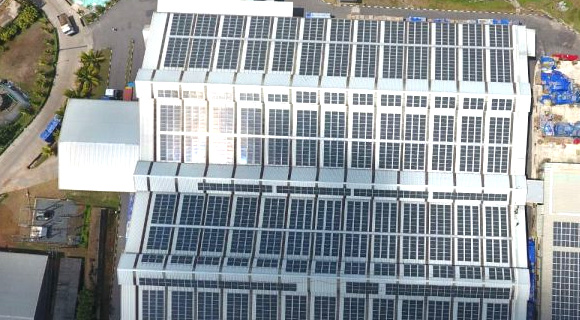
2 MWp & 1 MWp Solar PV project at Horana
This PV system produces 11 MWh per day, Installation commissioned in the Year 2017.
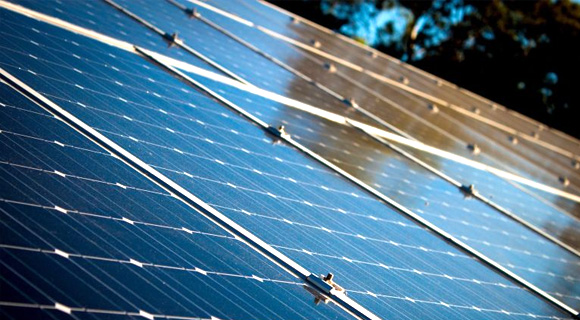
1.4 MWp Solar PV project at Midigama
This PV system is estimated to produce 5.6 MWh per day.Installation will be commissioned in the Year 2018
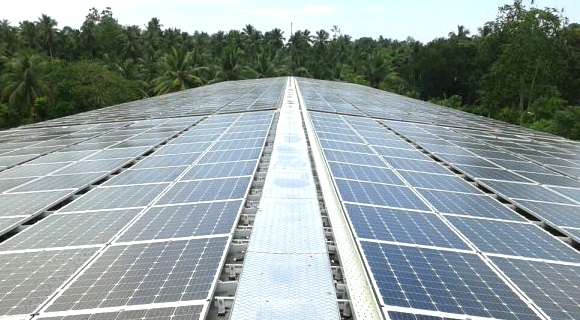
1 MWp Solar PV project at Ranala
This PV system produces 4.1 MWh per day. Installation commissioned in the Year 2017.
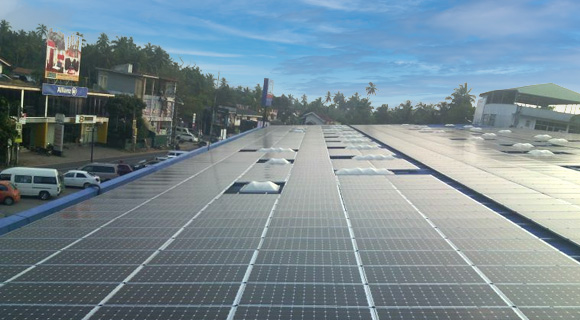
320 kWp Solar PV System at Arpico Negombo (Arpico Super Centre Negombo)
The PV system produces 1.338 MWh per day. Installation Year 2015,

300 kWp Largest Privately Owned Solar Plant in Yala, Sri Lanka
This is the first utility grade power plant designed and installed by an EPC arm. The PV system produces 1.338 MWh per day.Installation Year: 2013.
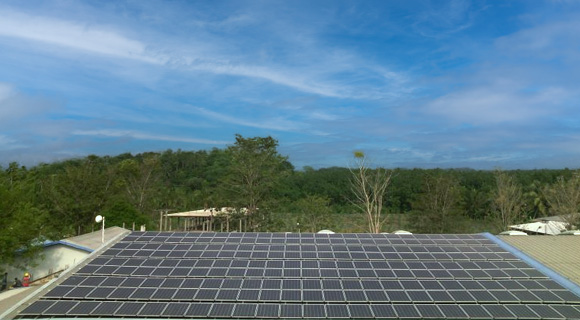
250 kWp Solar PV System at MAS Linea Aqua, Hanwella
The PV system produces 1.00 MWh per day. Installation Year 2015.
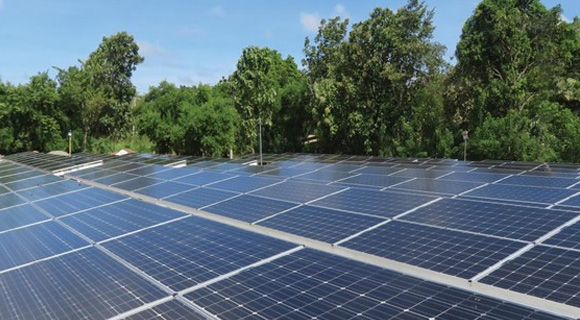
250 kWp Ground mounted Solar PV project at Dambulla, using Bifacial Solar modules
This PV system produces 1.1 MWh per day. Installation commissioned in the Year 2017.
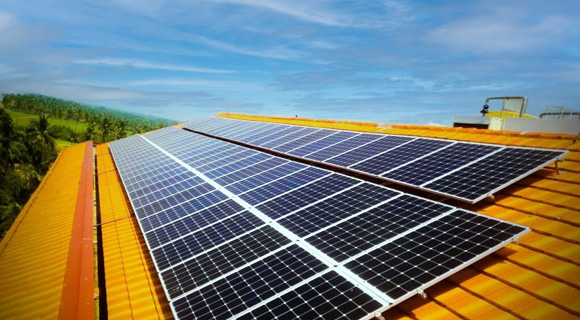
150 kWp Solar PV project at Turyaa Hotel Waskaduwa (ADB Grant Scheme)
The PV system produces 0.555 MWh per day according to the Energy prediction simulation, using String Inverters, Installation commissioned Year 2016.
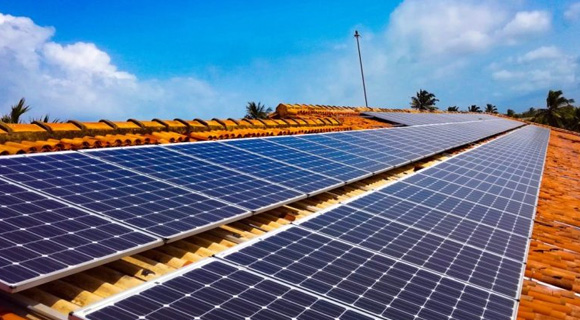
125 kWp Solar PV project at Jetwing Light House Galle (ADB Grant Scheme)
The PV system produces 0.50 MWh per day according to the Energy prediction simulation. Installation commissioned Year 2016.
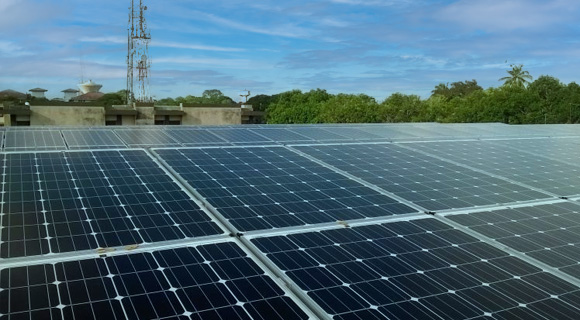
75 kWp Solar PV System at BIA (Bandaranaike International Airport)
The PV system produces 0.315 MWh per day. Installation Year 2016.
